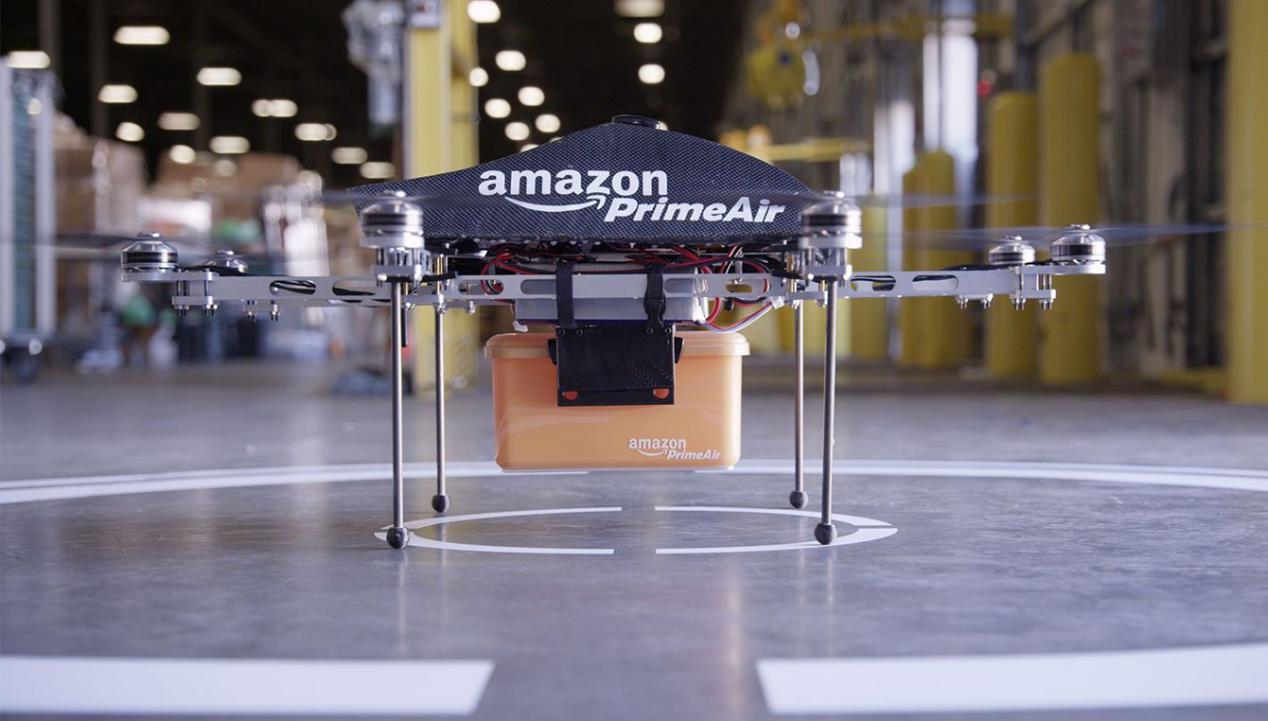We are now almost at the verge of welcoming the year of 2018. You must have planned your strategies to ramp up faster, sell more and more, have better SEO ranking, beat your competitor and so many things. 2017 has been a year of eCommerce where competition has grown way faster than the total growth of the eCommerce market itself. This means, sites would have to come up with something new, unique, and extraordinary to gain the traction of customers.
Consequently, this has led to various research and developments which have given exciting trends to the eCommerce market this year. Here, I am going to discuss various eCommecre trends and developments that have happened this year, and also those who are yet to happen and we would be seeing them in the upcoming time.
1. Growth of Digital Payment wallets
A few years ago cash on delivery was the most preferred payment option by the customers. Reasons are:
- Users did not trust the online payment option
- Users did not trust the website to deliver the product on time or even deliver the product at all after getting the payment in advance.
Well, the conception was cleared gradually, and people started using online payment options through their debit/credit cards, or net banking. With the next development in terms of Digital Payment Wallets, like Apple Pay, Amazon Pay, and PayPal etc, customers no longer need to take out their credit/debit cards to make a payment online. These payment wallets provide an option to directly pay online by using a fingerprint scanning or a pin number only.
The adoption of Digital Payment Wallets by different businesses and customers has been in trend from 2016 and 17 itself, and it will only grow in 2018. With faster payment processing and least requirement for user input, they provide an enhanced user experience to the customers. I can predict that a huge number of customers in the coming time are going to expect eCommerce stores to offer multiple Digital Payment wallets as a payment option.
2. The race of Faster Product Delivery
Over the past few years the rate of eCommerce product delivery has decreased dramatically. There was a time when you have to wait for weeks, or even a whole month to get your ordered product in hand. However, the current situation has become faster and precise in terms of product delivery. There are various factors which have helped and encouraged the store owners to quicken the same.
- Grown up competition and comparative shopping by the customers where they can compare the product delivery time, product price, and a lot of variables of the same product being offered by multiple sites. The site having the fastest delivery time may get the order.
- Development of automated and multi-sync inventory management system has made the process of product dispatch faster.
- Automated Pick Pack systems have reduced the chances of error while labeling and packing a product box for delivery.
- Adoption of click and collect method. The collection centers of the eCommerce store are the place where customers after placing an order can personally visit and collect their product even on the same day.
There have been a lot of development in product delivery in the past few years, but the most exciting one that I look forward this year is Amazon’s ‘Drone Delivery’ being termed as ‘Amazon Prime Air’. Amazon tested its first Drone Delivery on 7 December 2016 which was a success. Amazon’s drone delivered an item of around five pounds weight which took less than 30 minutes from the nearest Amazon docking station. This is exciting, we can hope that 2018 would be a great year for product delivery with such innovations. Hopefully, Amazon will soon expand the service to other corners of the globe.
3. Personalized shopping with Artificial Intelligence
This trend has now become an evergreen item in trending list for any year from the past several years. This is complex and trickier, but the most looked forward development. The scope of AI is not limited to eCommerce only, it has a lot to do with any of the fields you can think about. For eCommerce, despite it’s still in development and will continue for very long, it has already contributed a lot.
Did you think how Amazon shows your previous viewed products on your homepage only?
Artificial intelligence is tending to reach a level where it can help in our daily lives. The growth of AI based digital assistants like, Google Assistant, Siri, Cortana, Alexa on Amazon Echo etc have made it possible to talk to the machines.
The same technology is being used to integrate chat bots on eCommerce sites, where users can chat with the robots and get an instant reply for their queries. We can hope in the coming future that AI will work even better and we would be seeing the interconnected networks of different devices controlled by AI. It wouldn’t be a surprise if Google Home will order the grocery online (when grocery stock is exhausted) without even you telling it to do so. Well, that’s a certain development to come, but it’s far for now. However, the current AI development is perfectly a trend to follow this year in eCommerce.
4. Mobile commerce
It’s an old news now. Mobile devices are being used more than desktops to browse the internet, especially the eCommerce sites. The twist is, if we ignore the mobile apps, hardly a few eCommerce sites have a perfect mobile experience for their customers. As a result, shoppers use this highly accessible platform to either window shop or just check the product. To purchase a product they wait till a desktop or laptop is around.
The reason is, the mobile interface of most of the sites is not user-friendly as if they have completely ignored that their products can also be purchased from the mobiles too. Especially, the checkout pages are not at all designed for mobile, this makes users doubtful about the security, speed, and convenience of the mobile checkout. Moreover, mobile checkouts or even the normal pages are hardly fast enough, most of them are not responsive at all.
Did you know that 40% of people abandon a website that takes more than 3 seconds to load?
Luckily, with search engines like Google totally supporting the mobile-friendly sites in their ranking algorithms, many sites have started focusing on the mobile versions of their sites too. The growth of one-page checkout systems is also one such innovation in the mobile as well as desktop commerce. One of the latest trends from Google in this category is “Google will now start indexing mobile sites first”. It’s an interesting trend to follow this year.
Furthermore, the growth of Digital payment wallets discussed above is also a crucial element in the Mobile commerce growth. With easy and quick payment options, customers are using mobile checkouts more and more with the digital payment wallets.
5. Competition for local market has heated up
The big eCommerce giants like Amazon and eBay has significantly expanded their customer base across the globe. With their presence in the local market of various countries, the local online retailers are also trying their best to keep a hold. This fight for the local market is providing different opportunities to the local online shoppers- reduced product prices, free shipping options, faster delivery time, and a lot more.
Flipkart and Indian eCommerce giant has recently got $1 billion investment from Tancent and Microsoft, even eBay is expected to invest $500 million in the upcoming days. – information source
The heat of the competition can be judged with the Amazon’s move to invest $5 billion in its India operation. Earlier the investment was around $2 billion, which Amazon increased dramatically to $5 billion. – information source
Whatever be the reason for such a huge investment in the local market, it would be interesting to see how it goes for both the local and international giant.
6. Google’s direct attempt to break into premium CRO tool market
This time Google has entered in the premium CRO tool market with it’s two new products- Google Optimize and Optimize 360. Google Optimize is a free A/B testing tool, while Optimize 360 is a more advanced version which comes as a paid service. For a long time, both of the tools were in beta version, whom Google finally made stable in March 2017.
This trend would be an interesting one to follow by the eCommerce store owners. It would be more interesting to see, how these offerings are going to affect the market of already established third-party tools like Adobe Target, Optimizely, VWO, and MockingFish etc.
7. Integration of eCommerce stores with marketplaces like Amazon and eBay
Selling on the popular marketplaces is a wise decision to take. However, when you already run your own eCommerce site, it becomes a bit difficult to manage your site and marketplace store separately. We already know that selling on these platforms can bring a lot of sales to your business depending on various factors. What if you have an eCommerce store of your own, it doesn’t mean you can’t sell on marketplaces.
Considering the situation, the marketplace integration solutions are the important development that you should follow this year. Integration solutions have been developed by various developers for various eCommerce platforms which enable the site owners to integrate their marketplace store’s dashboard on their site back-office itself. Using these solutions site owners need not manage both the entities separately. They can perform everything as a marketplace seller from their own website itself.
For example, there are solutions for PrestaShop-Amazon integration using Amazon Web service, eBay integration, and Etsy integration too.




